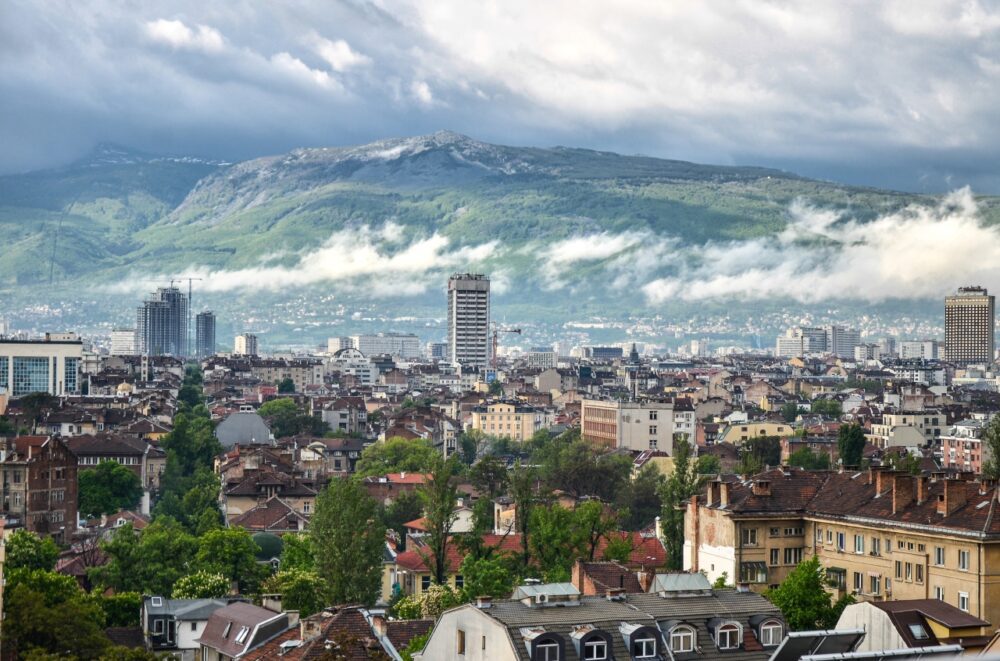
Sofia, the capital of Bulgaria, is a city that often flies under the radar but has plenty to offer. Nestled at the foot of Mount Vitosha, Sofia blends ancient history with a modern vibe, making it a fascinating destination. From exploring the iconic Alexander Nevsky Cathedral and ancient Roman ruins to enjoying its lively cafés and parks, Sofia combines culture, history, and a touch of nature. But with so many European capitals to explore, you might wonder: is Sofia worth visiting? In this post, we’ll uncover what makes Sofia unique and help you decide if it’s the right stop for your next trip.
Table of Contents
Pros – Reasons You Should Visit Sofia
1. One of the Most Affordable Capitals in Europe
Sofia is one of the best-value destinations in Europe, offering an affordable travel experience without sacrificing quality. Compared to other European capitals, accommodation, food, and attractions in Sofia are surprisingly cheap, making it ideal for budget-conscious travelers. You can stay in a comfortable hotel, eat at great restaurants, and explore the city’s main sights without spending a fortune.
I was pleasantly surprised by how far my money went in Sofia. A high-quality meal at a traditional Bulgarian restaurant cost less than a basic takeaway sandwich in Western Europe. Even entry fees to major attractions were either cheap or completely free. If you’re looking for a European city that won’t drain your wallet, Sofia is one of the best options.
2. A Unique Blend of Ancient, Ottoman, and Soviet-Era Architecture
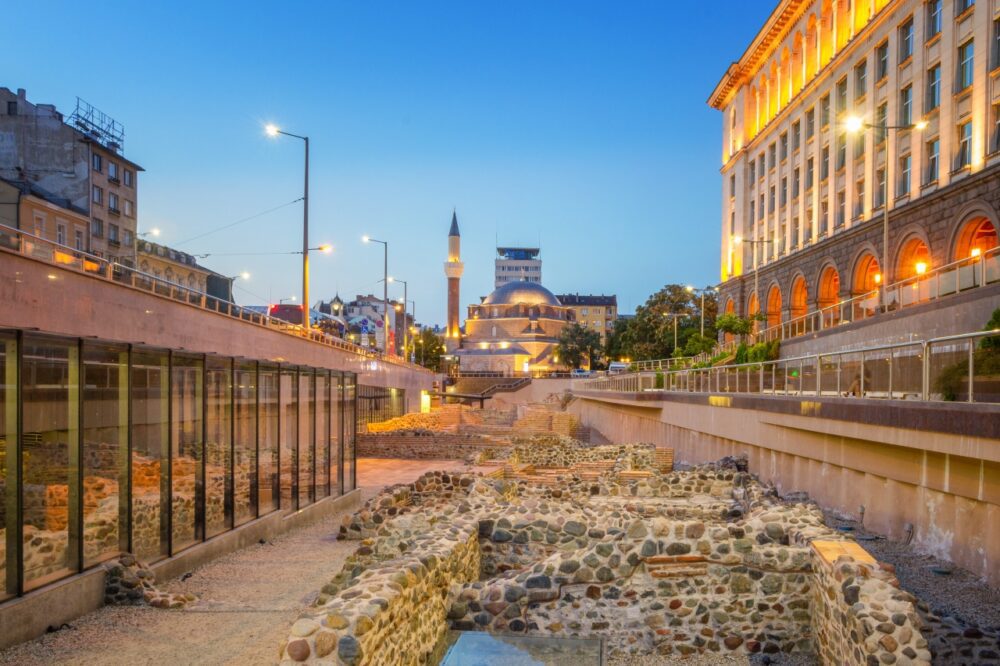
Sofia’s history is a fascinating mix of different influences, and its architecture reflects that. Walking through the city, you’ll see remnants of ancient Roman ruins, Ottoman mosques, grand Orthodox cathedrals, and stark Soviet-era buildings, all within a short distance of each other. The result is a cityscape that feels both diverse and full of stories.
I started my walk at the Roman ruins of Serdica, an archaeological site in the middle of the city, and within minutes, I had passed by the Banya Bashi Mosque, built by the Ottomans, and the massive Soviet-era National Palace of Culture. The contrast between these styles makes Sofia feel like a living museum, where every corner holds a different piece of its past.
3. Alexander Nevsky Cathedral is One of the Most Impressive Churches in Europe
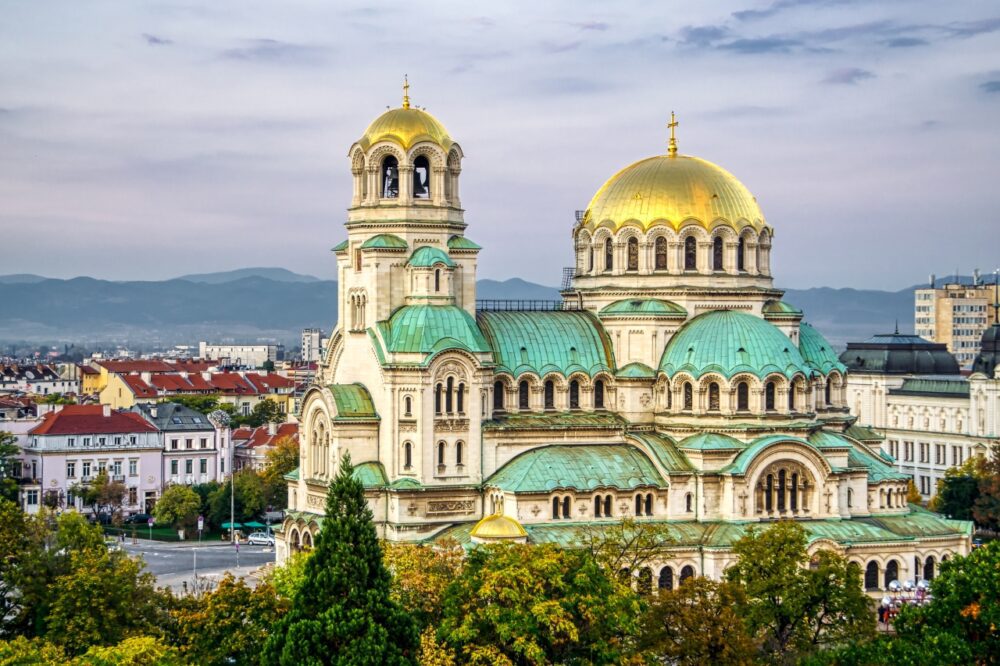
The Alexander Nevsky Cathedral is Sofia’s most famous landmark, and for good reason. This massive Orthodox cathedral, with its golden domes and intricate frescoes, is one of the most stunning religious buildings in Europe. It dominates the city skyline and is just as breathtaking inside as it is from the outside.
I visited in the late afternoon when the sun reflected off the golden domes, giving the entire structure a warm glow. Inside, the grand chandeliers, detailed iconography, and peaceful atmosphere made it a place where I could truly appreciate the city’s deep spiritual heritage. Whether you’re religious or not, this cathedral is an absolute must-see when visiting Sofia.
4. A Thriving Café Culture with a Relaxed Vibe
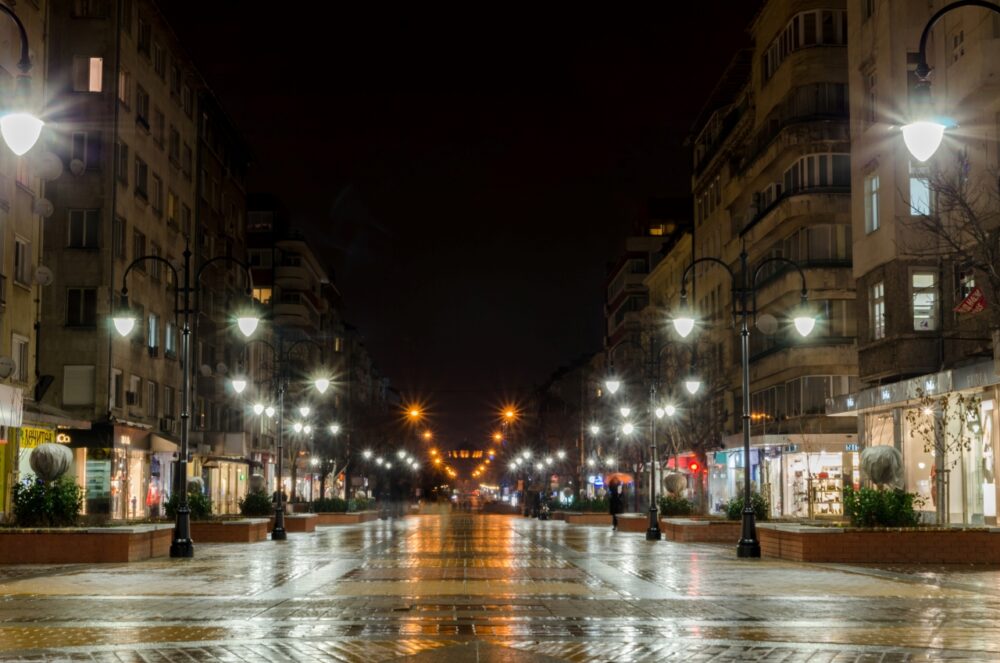
Sofia has a fantastic café culture, with trendy coffee shops and cozy traditional cafés scattered throughout the city. Bulgarians love to take their time with coffee, and many cafés have outdoor seating, making it the perfect place to sit back and people-watch. The city has also embraced the third-wave coffee movement, so specialty coffee lovers will find plenty of excellent espresso and filter brew options.
I spent an afternoon hopping between different cafés, trying everything from classic Bulgarian coffee to modern flat whites. The best part was how relaxed the atmosphere was—nobody seemed in a rush, and I could sit for hours without feeling pressured to leave. If you enjoy cities where coffee culture is a central part of daily life, Sofia will not disappoint.
5. A Lively Food Scene with Hearty Bulgarian Cuisine
Bulgarian cuisine is an underrated gem, full of rich flavors, fresh ingredients, and hearty portions. Traditional dishes like banitsa (a flaky pastry filled with cheese), kavarma (a slow-cooked meat stew), and shopska salad (a refreshing mix of tomatoes, cucumbers, and feta-like cheese) showcase the country’s culinary diversity.
One of my favorite meals in Sofia was at a family-run restaurant where I tried grilled kebapche, a type of spiced minced meat sausage, served with fresh bread and homemade yogurt-based dips. The flavors were bold but comforting, and everything tasted homemade. Food in Sofia is not only delicious but also very affordable, making it easy to enjoy great meals without overspending.
6. Vibrant Street Art and a Growing Alternative Scene
Sofia has a growing reputation as an artsy, alternative city, with a strong street art culture and a thriving underground scene. Many of the city’s old buildings and alleyways are covered in colorful murals, giving Sofia a creative and youthful energy. The alternative scene extends to independent galleries, live music venues, and unique concept stores.
I joined a street art walking tour, which took me through hidden corners of the city where local artists had transformed walls into large-scale masterpieces. One of the most impressive pieces was a mural dedicated to Bulgaria’s history, blending traditional and modern elements. If you enjoy cities with a strong creative spirit, Sofia has plenty to offer.
7. Easy Access to Nature and Mountain Adventures
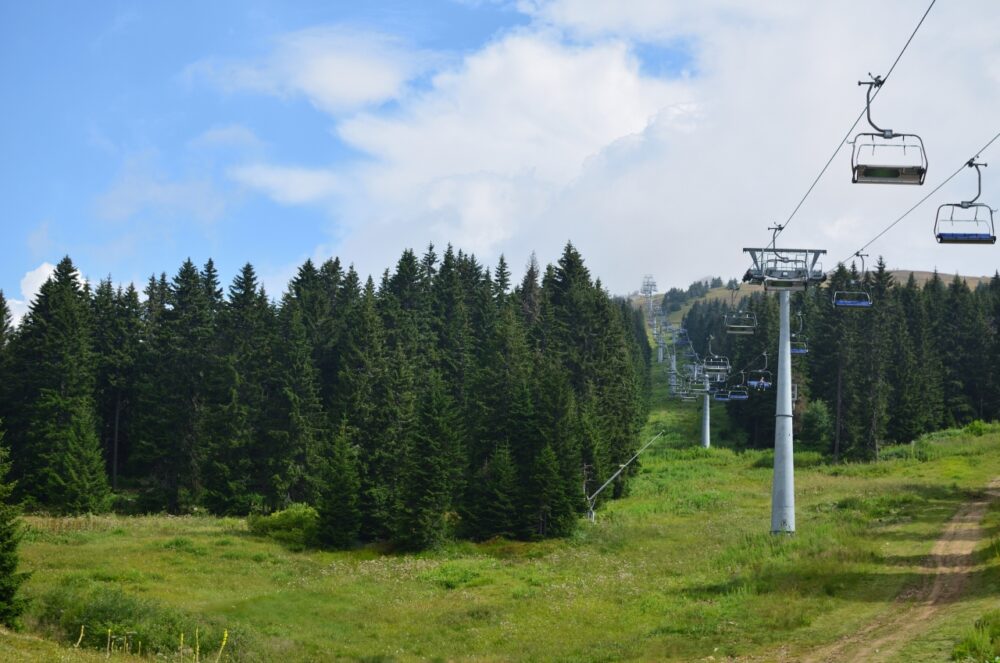
One of Sofia’s biggest advantages is its proximity to nature. Unlike many European capitals, which require hours of travel to reach natural landscapes, Sofia is right at the foot of Vitosha Mountain. Whether you want to go hiking, skiing, or simply enjoy fresh air, the mountain is just a short trip from the city center.
I took a cable car up to Vitosha and was amazed at how quickly the urban landscape turned into breathtaking mountain scenery. The trails were well-marked, and the views over Sofia from the top were stunning. If you love outdoor activities, having a mountain so close to the city is a huge bonus.
8. A Walkable City with Plenty of Green Spaces
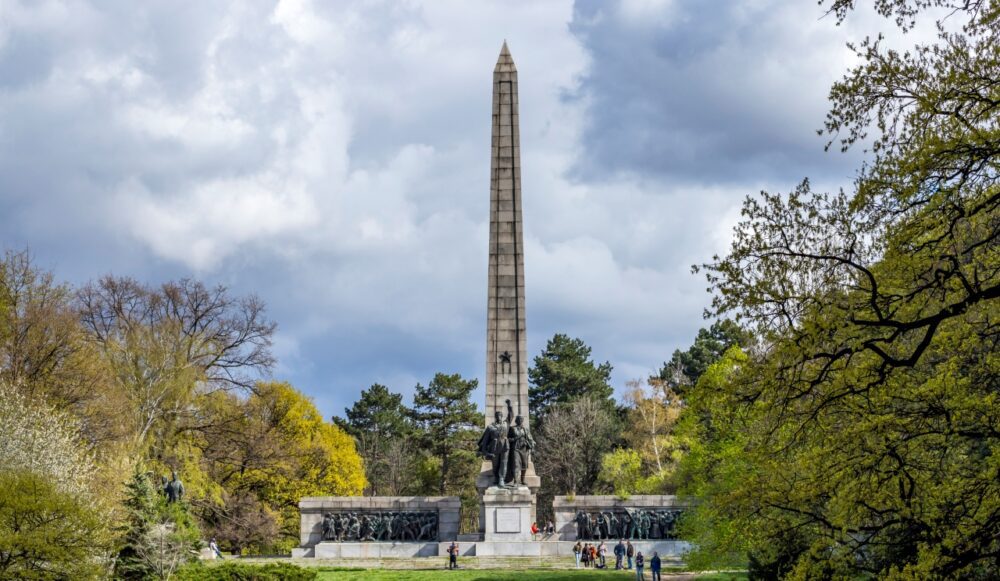
Sofia is a very walkable city, with wide boulevards, pedestrian-friendly areas, and plenty of parks where you can take a break from sightseeing. Borisova Gradina, the city’s largest park, is a great place to relax, with tree-lined paths, small lakes, and hidden sculptures scattered throughout.
I spent a few hours wandering through Borisova Gradina, watching locals play chess, jog along the trails, and enjoy picnics with friends. It was a refreshing escape from the urban environment, and it made Sofia feel much more livable and balanced than some other European capitals.
9. A Fascinating Mix of Eastern and Western Influences
Sofia is one of those cities where East meets West in a fascinating way. The city has Orthodox churches, Ottoman mosques, and Soviet-era monuments all within walking distance of each other, reflecting its complex history. At the same time, it has modern shopping streets, stylish cafés, and trendy neighborhoods that feel distinctly European.
One moment, I was walking past a grand communist-era government building, and the next, I was exploring a hipster market selling handmade crafts and organic food. The mix of influences gives Sofia a layered, unpredictable character that makes exploring the city a constant surprise.
10. A More Authentic and Less Touristy Experience
Unlike some European capitals that are overrun with tourists, Sofia still feels relatively undiscovered. While it has plenty to offer, it doesn’t feel like a city that has been overly polished for visitors. The locals go about their daily lives, the restaurants cater to residents rather than just tourists, and the attractions don’t have the same overwhelming crowds you’d find in more famous destinations.
I loved how easy it was to experience Sofia without having to fight through massive tour groups or overpriced tourist traps. It felt like I was seeing the real side of Bulgaria, rather than just a version of the city built for visitors. If you enjoy destinations that feel more authentic and less commercialized, Sofia is a fantastic choice.
Cons – Things to Consider When Visiting Sofia
1. The City’s Architecture is a Mix of Beautiful and Run-Down
While Sofia has some stunning landmarks, parts of the city still show signs of neglect, particularly in the outer neighborhoods. Many Soviet-era buildings, especially old apartment blocks, have not been well maintained, leading to areas that feel a bit worn down. Graffiti is common on older buildings, and some streets have cracked sidewalks and abandoned structures that give certain areas an unfinished feel.
Walking around the city, I found myself constantly shifting between beautifully restored historical sites and areas that looked like they hadn’t been touched in decades. Some of the communist-era buildings, like the massive National Palace of Culture, felt imposing and somewhat bleak. While this doesn’t take away from the city’s charm, it does mean that not every street in Sofia is picturesque. If you’re expecting a capital city with a fully polished and uniform look, you might be surprised by the contrasts.
2. Air Pollution and Traffic Can Be an Issue
Sofia has some of the worst air pollution in Europe, particularly in the winter months when heating systems and car emissions create smog that lingers over the city. On certain days, the air quality can be noticeably poor, which can be uncomfortable for people with respiratory issues. The traffic congestion in the city center also adds to the problem, with cars often idling in long lines, making the air feel heavy with exhaust fumes.
I visited in late autumn, and on some mornings, there was a visible haze hanging over the city. While it didn’t ruin my trip, I could definitely feel the difference in air quality compared to other European capitals. If you’re sensitive to pollution, it’s best to check air quality levels before visiting, especially in the colder months.
3. Limited English is Spoken Outside Tourist Areas
While English is widely spoken in hotels, restaurants, and major attractions, once you step outside the main tourist areas, communication can become more challenging. Many older locals, taxi drivers, and shopkeepers speak little to no English, which can make ordering food, asking for directions, or using public transport a bit tricky.
I found this out when I tried to buy a bus ticket at a local kiosk and struggled to communicate with the vendor. Even though I used basic gestures, it took some time to get what I needed. While younger Bulgarians tend to speak English well, having a translation app or learning a few basic Bulgarian phrases can make things much easier when navigating the city.
4. Public Transport is Cheap but Outdated
Sofia’s public transport system, which includes buses, trams, and a metro, is affordable and covers most of the city, but parts of it feel outdated. Some of the older trams and buses are slow, worn down, and lack air conditioning, which can make summer travel uncomfortable. The system is also not always the easiest to navigate, especially for first-time visitors, as ticket machines can be confusing and route information isn’t always clear.
I took a tram to get across the city, and while it was a cheap way to travel, it was also slow and packed with people. Some of the tram cars were old and rattled loudly as they moved through the streets. While the metro is more modern and efficient, not all areas of the city are well connected by it, so you’ll likely still need to rely on buses or trams. If you prefer cities with a seamless public transport system, Sofia might feel a bit frustrating to navigate at times.
5. The City Lacks the Wow Factor of Other European Capitals
While Sofia has a rich history and interesting cultural sites, it doesn’t have the immediate wow factor of cities like Paris, Rome, or Prague. There’s no single iconic attraction that defines the city, and some visitors might feel that Sofia lacks the grandeur or romance of other European capitals. It’s more of a place to experience daily life and local culture rather than a destination packed with world-famous landmarks.
I enjoyed my time in Sofia, but I could see how some travelers might find it less visually striking than other major cities. It’s a place that grows on you the more you explore, rather than one that immediately impresses you with jaw-dropping sights. If you’re looking for a city with dramatic architecture and postcard-perfect views at every turn, Sofia might not be the best choice. However, if you appreciate hidden gems and a more authentic, lived-in feel, it has plenty to offer.
When to Visit Sofia
The best times to visit Sofia are spring (April to June) and autumn (September to October), when the weather is pleasant, and the city’s parks and gardens are at their best. Summer (July to August) is warmer but quieter, as many locals head to the mountains or coast, leaving the city’s attractions more accessible. Winters (December to February) bring cold temperatures but also the charm of snow-dusted streets and nearby ski resorts like Vitosha Mountain, perfect for winter sports enthusiasts.
How to Get to Sofia
Sofia is served by Sofia Airport (SOF), located just 10 kilometres east of the city centre. The airport is well-connected to European cities via airlines like Ryanair, Wizz Air, and Bulgaria Air. From the airport, the Metro Line 4 offers a quick and affordable transfer to the city centre in about 20 minutes. Buses and taxis are also available, though ride-hailing apps like Bolt are often cheaper and more reliable. For those travelling by train or bus, Sofia’s Central Station is a hub for domestic and international routes.
Where to Stay in Sofia
Sofia offers a variety of accommodation options to suit all budgets and preferences:
- Luxury: City Centre or Near Vitosha Boulevard – Stay at Sense Hotel Sofia, a chic boutique hotel with stunning rooftop views, or InterContinental Sofia, offering five-star comfort near Sofia University.
- Mid-range: Around Alexander Nevsky Cathedral or Serdika Metro Station – Consider Arena di Serdica Hotel, a stylish hotel with Roman ruins on-site, or Hotel Niky, a cosy, family-run option near key attractions.
- Budget: Lion’s Bridge or Studentski Grad – Try Hostel Mostel, a backpacker favourite with a sociable vibe, or Hotel Cheap, offering affordable yet comfortable rooms close to transport links.
Getting Around Sofia
Sofia has an efficient public transport system, including metro lines, trams, buses, and trolleybuses, all of which are affordable and easy to use. A single ticket covers one journey and costs just a few leva, but for better value, opt for a day pass. The Sofia Metro is particularly useful for reaching the airport or outlying districts. Taxis are widely available and reasonably priced, though it’s best to use trusted companies or apps like Bolt. For eco-friendly options, Sofia has a bike rental scheme, and cycling lanes are steadily increasing around the city.
How Long to Spend in Sofia
Two to three days is ideal for exploring Sofia’s highlights. Dedicate one day to landmarks like Alexander Nevsky Cathedral, St. George Rotunda, and the National Palace of Culture, followed by a stroll along Vitosha Boulevard for shopping and dining. Use the second day to visit Boyana Church, a UNESCO site, and Vitosha Mountain for hiking or panoramic views. With more time, take a day trip to the Rila Monastery or Plovdiv, Bulgaria’s second-largest city. Sofia’s blend of history, culture, and natural beauty ensures a rewarding visit.
Conclusion
So, is Sofia worth visiting? Definitely! If you’re interested in a city that combines rich history, diverse architecture, and an affordable travel experience, Sofia is a fantastic choice. Its mix of ancient landmarks, vibrant streets, and proximity to outdoor adventures makes it a versatile destination. While it might not have the grandeur of larger European capitals, Sofia’s charm lies in its authenticity and laid-back atmosphere. For travellers seeking an off-the-beaten-path experience with plenty of culture and character, Sofia is well worth a visit.
